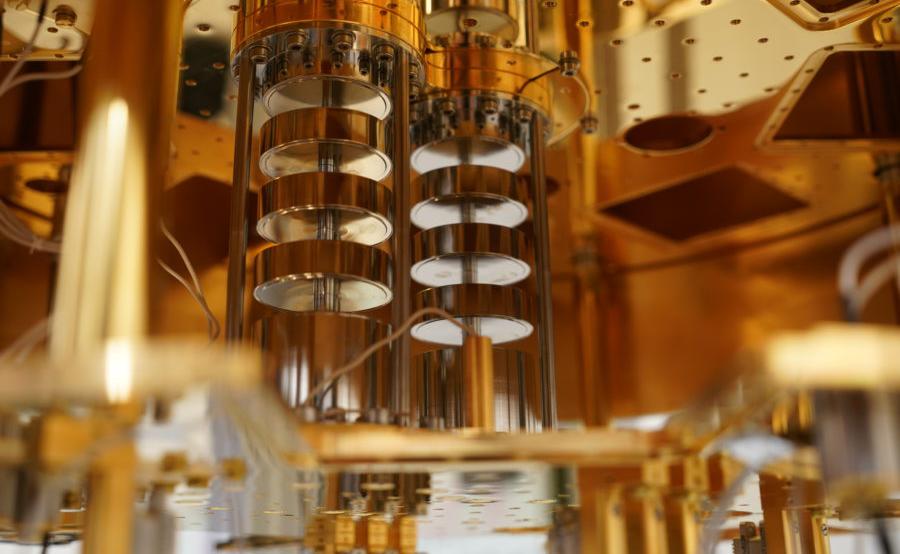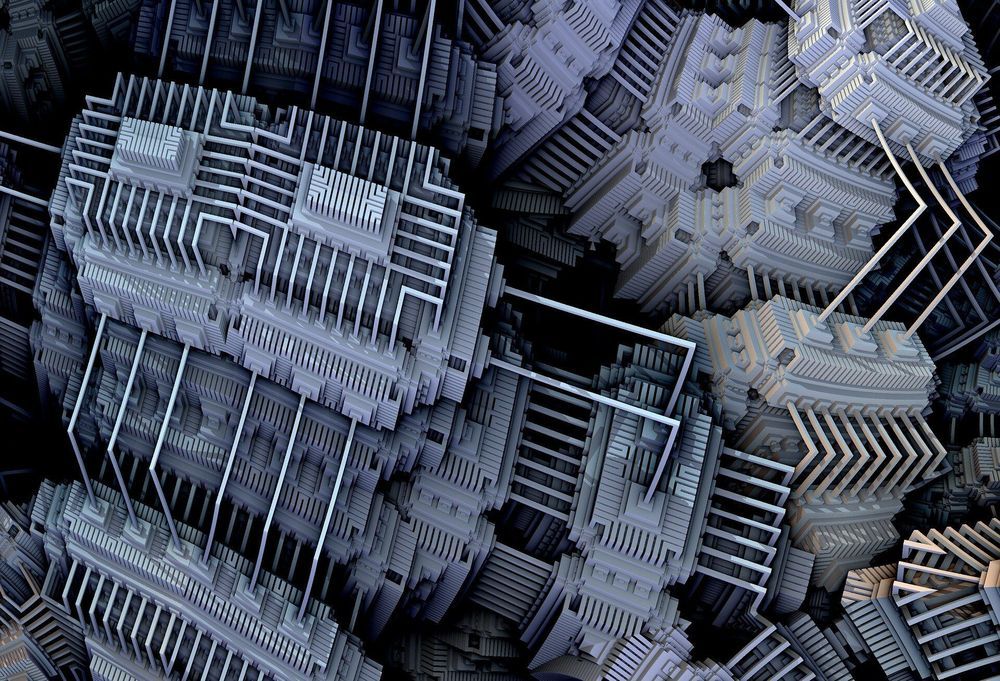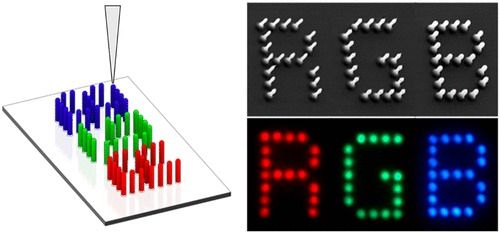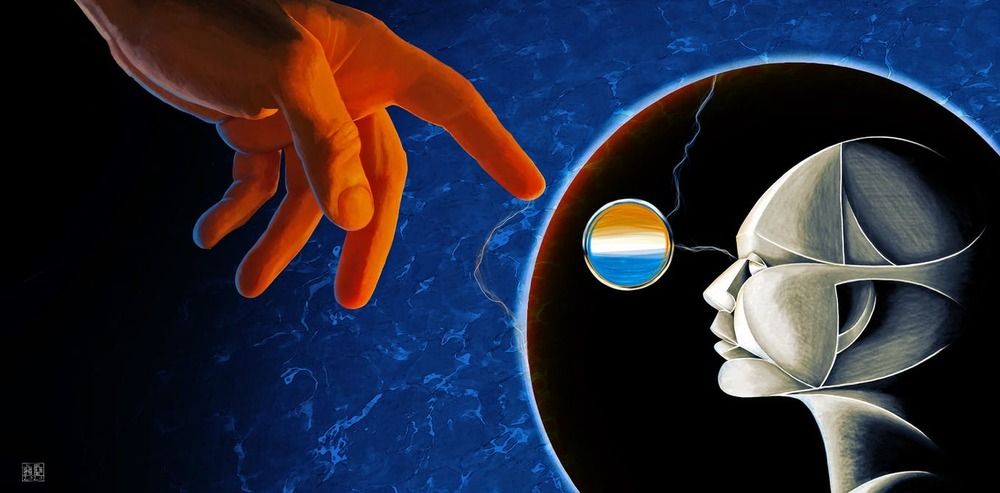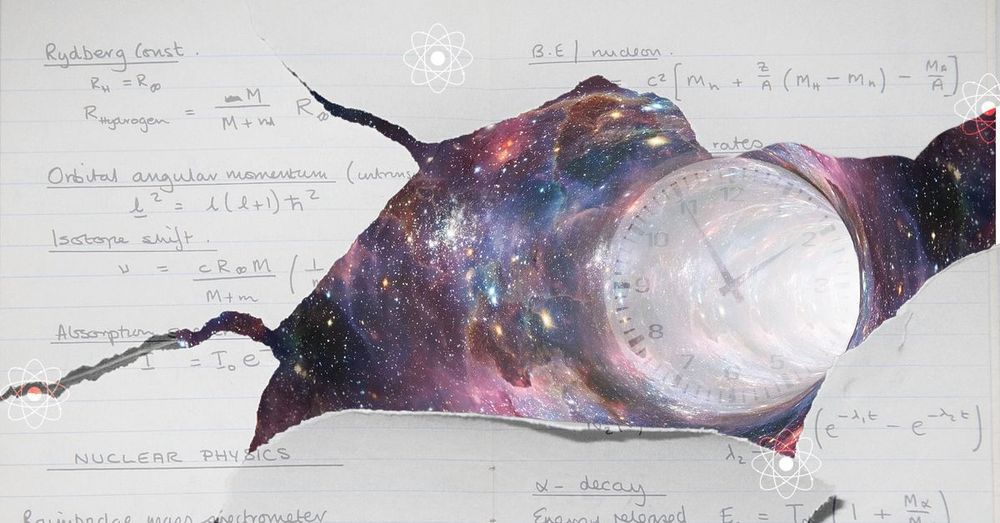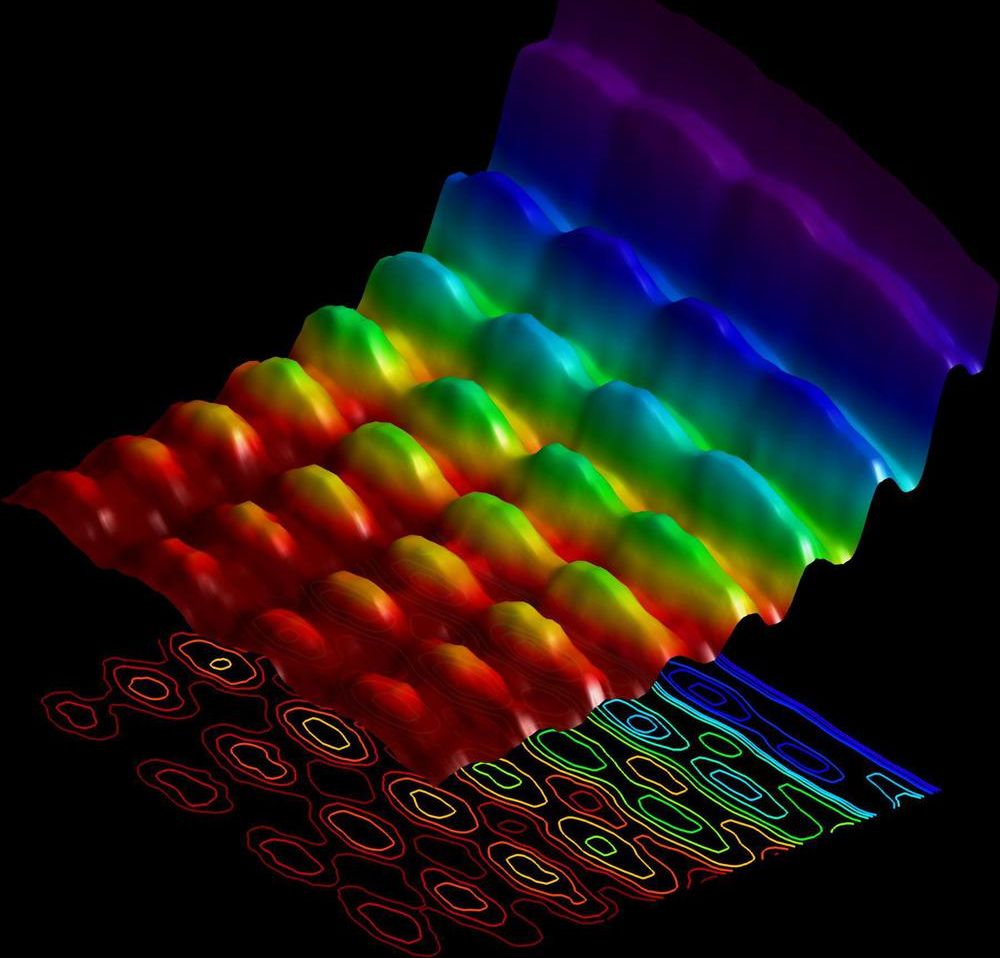Clarke urges other companies to also get ready now by investing in developing a quantum-ready workforce. “Quantum computing requires a specialized workforce, expertise that is pretty rare today,” he says. Clarke also advises companies to work with government agencies that are sponsoring quantum computing experiments and to fund quantum research in universities. He also supports nation-wide initiatives to spread the word all the way down the education system, even to high-school students, “so people aren’t scared or intimidated by the word quantum.”
Intel aims to achieve quantum practicality—commercially-viable quantum computing—by the end of this decade.
